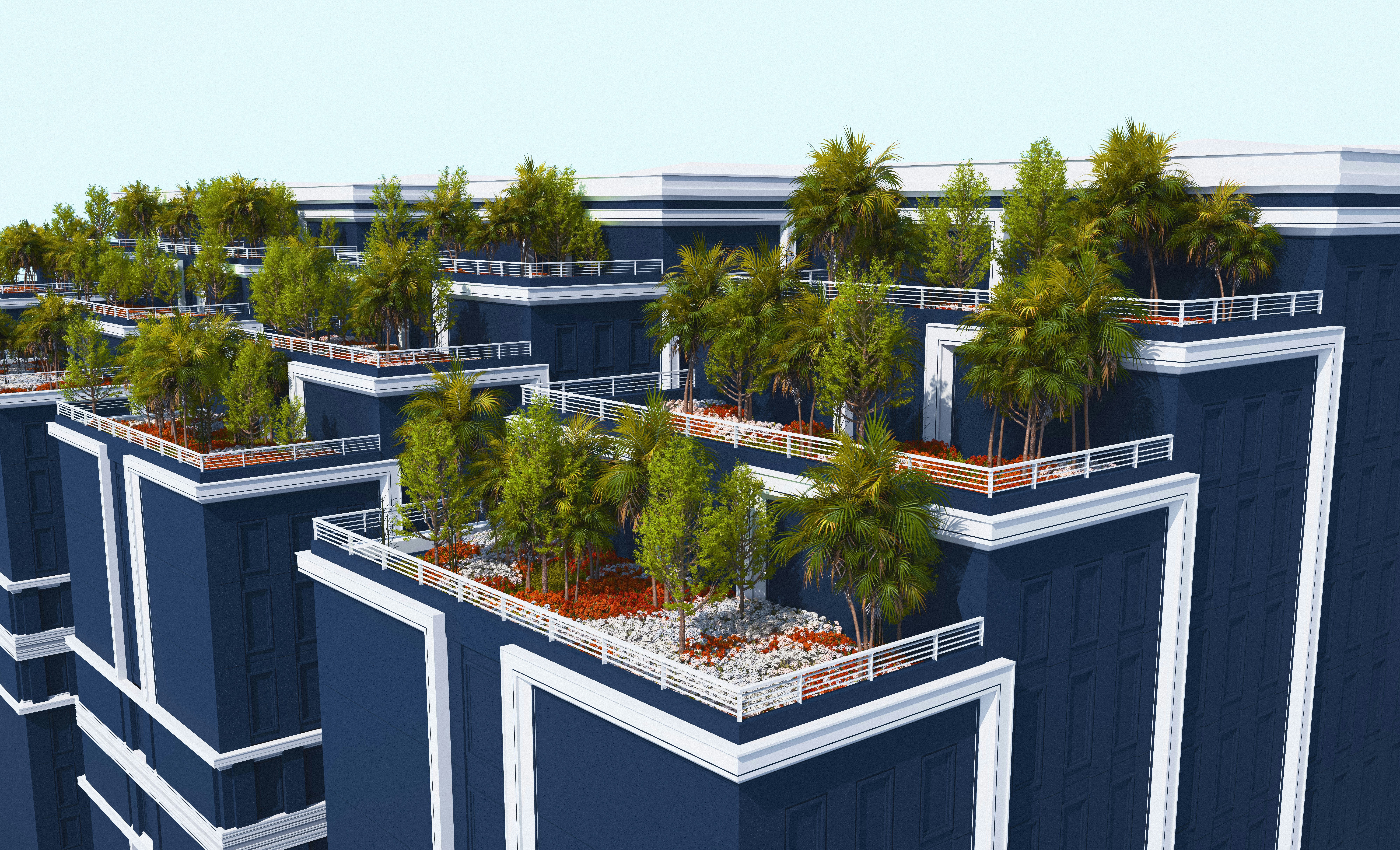
As cities grow and urbanization accelerates, there’s an increasing demand for sustainable and eco-friendly construction practices. Traditional building methods have long been associated with high energy consumption, carbon emissions, and a significant environmental footprint. However, with growing concerns about climate change and the depletion of natural resources, the construction industry is shifting toward greener alternatives. Eco-friendly construction is not just a trend but a necessity for the future. These practices are transforming skylines worldwide, creating environmentally conscious and energy-efficient buildings. Here’s how eco-friendly construction is shaping the cities of tomorrow.
Green Building Materials
One key component of sustainable construction is the use of green building materials. These materials are sourced responsibly, often from recycled or renewable resources, and have a minimal environmental impact. For instance, bamboo, reclaimed wood, and recycled steel are becoming increasingly popular due to their low embodied carbon and durability. These materials help reduce natural resource depletion and minimize a building’s overall carbon footprint.
Many green materials are environmentally friendly and improve building energy efficiency. Insulated concrete forms, for example, provide excellent thermal resistance, reducing the need for excessive heating or cooling. Construction companies can help lower their projects’ overall carbon footprint using materials with lower environmental impacts. As more architects and developers recognize the importance of sustainable sourcing, eco-friendly materials are steadily becoming the standard in new constructions, contributing to the reshaping of urban landscapes.
Energy-Efficient Building Designs
Energy-efficient design is another cornerstone of eco-friendly construction practices. A well-designed building can significantly reduce energy consumption while improving comfort for its occupants. Passive design strategies, such as natural lighting, high-performance windows, and proper insulation, minimize the need for artificial heating and cooling. These strategies not only conserve energy but also reduce utility costs over time.
Buildings are now being designed to incorporate renewable energy systems, such as solar panels, wind turbines, and geothermal heating, into their infrastructure. These systems harness natural resources to generate power and reduce dependency on non-renewable energy sources. Innovative technology also plays a significant role in energy efficiency, as buildings have advanced sensors and automation systems that regulate lighting, temperature, and energy usage in real-time. With these energy-efficient designs, eco-friendly construction sets a new standard for building function, ensuring that cleaner, more sustainable energy sources power tomorrow’s skylines.
Water Conservation and Management
Water conservation is critical in eco-friendly construction practices, especially as many regions face water scarcity. Modern buildings increasingly incorporate water-saving technologies such as low-flow fixtures, rainwater harvesting systems, and greywater recycling. These innovations allow buildings to reuse water, reducing the strain on municipal water systems and lowering the overall demand for freshwater.
Green roofs and permeable paving are popular eco-friendly practices that help manage water runoff and reduce the risk of flooding in urban areas. Green roofs, for example, absorb rainwater, which is retained by the plants or slowly released back into the environment. Permeable paving allows rainwater to seep into the ground, reducing surface runoff and replenishing groundwater supplies. By incorporating these water management strategies, buildings contribute to more sustainable urban ecosystems, helping cities adapt to climate change and mitigate environmental degradation.
Building for Biodiversity and Green Spaces
Another growing trend in eco-friendly construction is incorporating green spaces and biodiversity into urban designs. Vertical gardens, green walls, and rooftop gardens are standard features of sustainable buildings. These features beautify urban environments and help improve air quality by absorbing carbon dioxide and releasing oxygen. Urban green spaces also promote biodiversity by providing habitats for plants and animals, which are often lost in heavily developed areas.
Green spaces benefit the environment and positively impact human health and well-being. Studies have shown that access to nature can reduce stress, improve mental health, and enhance physical fitness. Eco-friendly buildings prioritizing green spaces foster healthier communities, making integrating nature into urban environments a key component of sustainable construction. As more cities embrace these green initiatives, tomorrow’s skylines will feature towering buildings and lush green spaces, contributing to a better quality of life.
Eco-friendly construction practices are shaping the skylines of tomorrow by prioritizing sustainability, energy efficiency, and environmental stewardship. The use of green building materials, energy-efficient designs, and water conservation technologies are just a few ways the construction industry is reducing its environmental impact. Additionally, integrating green spaces and promoting biodiversity within urban landscapes transforms cities into healthier, more livable places. As these eco-friendly practices become the norm, we can expect to see even more innovations that will continue to redefine urban development, ensuring that future cities are built with both the environment and the well-being of their inhabitants in mind. The future of construction is green, and it’s already taking shape in cities worldwide.